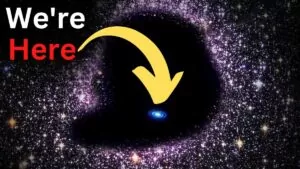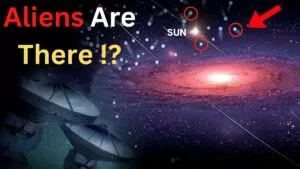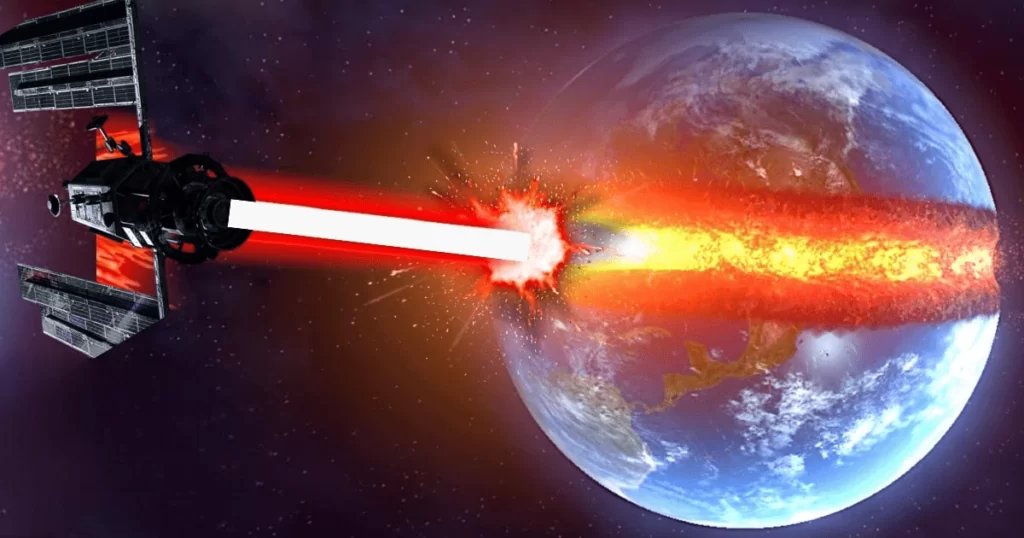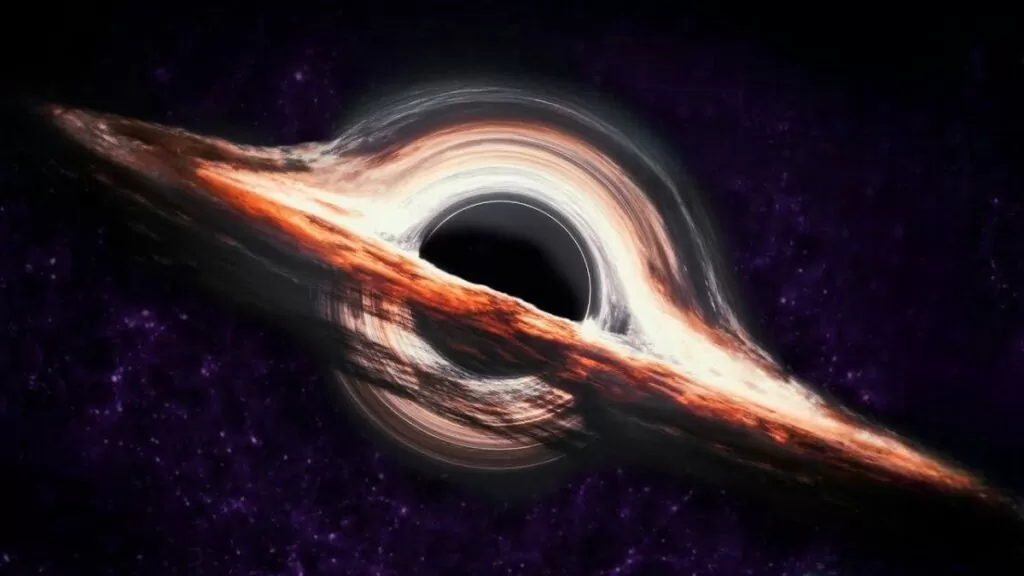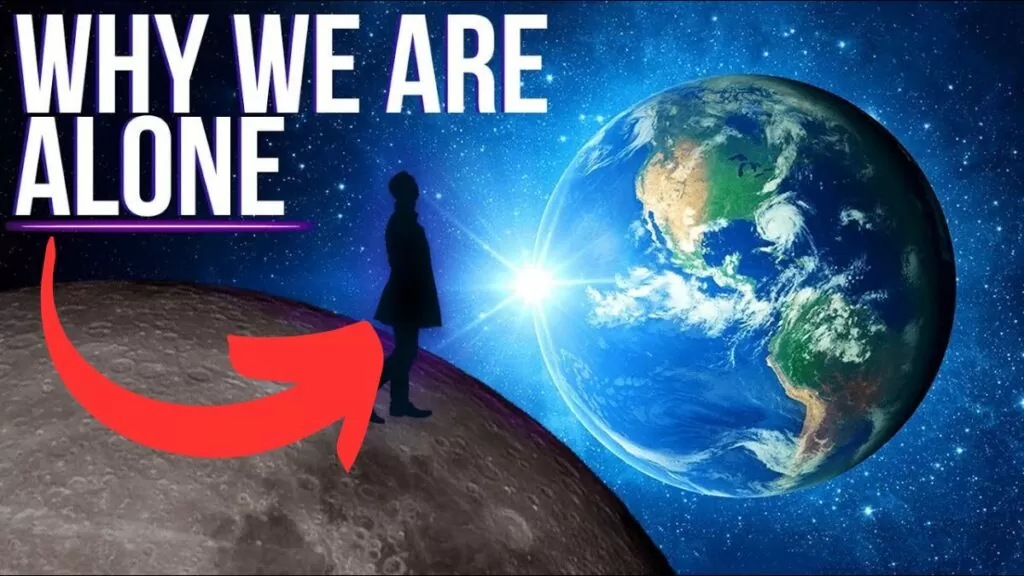
We have discovered nothing but a chilly void of nothingness, despite the fact that the universe ought to be alive.
Enrico Fermi posed the following inquiry: Where is everyone, then, if the universe is full of intelligent life?
The Fermi Paradox had thus been established.
From the pessimistic to the optimistic, a variety of solutions to the disconcerting silence of the cosmos have been proposed since then. Some suggest that we are the only intelligent beings in the universe, while others suggest that advanced civilizations may be actively hiding from us out of fear.
The history of the Fermi Paradox, the various proposed solutions, and the repercussions for Earthlings will be discussed in this video.
Is the universe our only home?
Or are we just too loud?
The universe’s depths hold the answer to these questions, and the truth may be even more chilling than we could ever imagine.
To learn more, watch this video, and try not to get any goosebumps!
But before we get into the paradox, let’s examine Fermi’s life.
The Italian physicist Enrico Fermi is well-known for developing the first nuclear reactor in the world.
He was a brilliant and creative scientist who was able to use his knowledge to create something new.
He is still regarded as one of the greatest physicists of all time because his work was so impressive.
In 1938, he was awarded the Nobel Prize in Physics, and his work has had a significant impact on numerous other scientists and engineers over the years.
He developed the theory of beta decay, discovered transuranium elements, and even made significant contributions to the development of quantum theory in addition to his work on the nuclear reactor.
He also worked on nuclear weapons, nuclear power, and other physics-related projects.
The discoveries made by Fermi have shaped our modern world, and his legacy will endure for future generations.
Additionally, Fermi was the one who first asked the well-known question, “Where is everyone?
“the one who brought about the Fermi Paradox.
In 1950, during a lunch conversation with coworkers in Los Alamos, this question was posed.
A cartoon depicting aliens emerging from a flying saucer carrying trash cans stolen from New York City sparked the conversation.
Fermi came to the conclusion that interstellar travel might not be possible, might not be worth the effort, or might not be invented by a technological civilization for long enough.
The Fermi Paradox, which calls into question the existence of extraterrestrial civilizations, resulted from this.
The search for intelligent alien life has yielded no convincing evidence that anything or anyone exists elsewhere.
In an attempt to unravel this mystery, various explanations have been proposed.
Others contend that advanced civilizations may be actively avoiding us out of fear, while others assert that we are the only intelligent life in the universe.
Stay with us to find out about the most recent one!
— Let’s begin by considering the possibility of ancient civilizations: Have you given any thought to the possibility that they might be all over our galaxy and deliberately hiding so that no one can find them?
Hear this Fermi Paradox solution.
The term for it is the Dark Forest Theory.
The Dark Forest Theory reads like a very terrifying tale.
Imagine that a large forest is home to lions, tigers, and bears.
Because they all want to be safe, the animals keep a very low profile to avoid drawing attention to themselves.
In this manner, nobody can locate them and harm them.
That is similar to the Dark Forest Theory, which states that every civilization in the universe prefers to remain silent in order to avoid being harmed by a more powerful civilization.
The fact that no one really knows what lies beyond our own galaxy is both the mystery and the danger of the Dark Forest Theory.
Are we the only civilization or are there other civilizations out there?
Is it possible that a powerful alien force lurks in the shadows, ready to strike?
Watch for updates on the most recent proposed solutions.
Another possible solution to the latest bone’s Fermi Paradox has been proposed by two researchers. They claim that the absence of extraterrestrial visitation is caused by a “singularity” caused by superlinear scaling.
The Journal of the Royal Society Interface published their paper.
According to the proposed solution, a “singularity” occurs when the amount of resources and energy available to a single person exceeds the amount of resources available to the entire civilization as a whole. This occurs when technological capabilities expand at a rate faster than population.
The civilization collapses in on itself as a result of this singularity, unable to support its population, and eventually dies out.
The researchers suggested that this phenomenon could be the reason why we haven’t been able to find signals from other civilizations on other planets.
There may be a small number of civilizations in the galaxy that have avoided this singularity and are now engaged in interstellar communication if civilizations typically collapse upon themselves.
The study’s authors went on to suggest that we look for civilizations that have managed to maintain equilibrium while avoiding population collapse, resulting in a universe that is more sustainable and potentially more populous, with more interstellar communication.
Despite the fact that the proposed theory is convincing, the Fermi Paradox can be explained in a variety of ways.
To prove or disprove the singularity hypothesis, as well as to understand why and how civilizations are able to maintain a stable population and technological advancement, additional research is required.
How can we quantify the Fermi Paradox’s solution and ascertain whether we are the only ones in the universe?
Is there a method for determining how likely it is that we are not alone?
Because scientists have completed their research, you are in luck.
Numerous astronomers and astrobiologists are familiar with the name Frank Drake when it comes to the study of extraterrestrial life.
Drake came up with an equation in 1960 to figure out how many civilizations we can find in our galaxy.
Now known as the Drake Equation, this pivotal equation is one of the most important tools used to estimate the likelihood of finding life elsewhere in the universe.
Frank Drake’s equation starts with a list of seven things that can affect how many civilizations can be found in the Milky Way.
These include the rate of star formation, the percentage of stars with planets, the average number of habitable planets per system, the percentage of habitable planets where life actually grows, the percentage of planets where life evolves into an intelligent species, the percentage of intelligent civilizations whose technologies can be detected, and the average amount of time it would take those civilizations to produce such signs, measured in years.
Already feeling dizzy?
Drake’s equation can give estimates of the number of civilizations that can be found in our galaxy when these factors are added.
But these numbers aren’t completely accurate yet, so it’s hard to know where to look.
Astronomers and astrobiologists have used Drake’s equation since 1960 to learn more about the possibility of finding life on other planets.
The equation has been utilized to investigate the possibility of interstellar travel and communication in addition to its utility in the search for extraterrestrial life.
This idea is very similar to the Fermi Paradox, which asks why we haven’t found any evidence of intelligent civilizations in the universe if they exist.
Scientists have come up with a variety of theories to explain this paradox, including the possibility that our civilization is too young to join the galactic community or that civilizations simply do not want to communicate with one another.
Many SETI (Search for ExtraTerrestrial Intelligence) projects have relied on this paradox and the Drake Equation to find radio signals from other universe civilizations.
Since the 1960s, SETI projects have been looking for signs of intelligent life in space and continue to this day.
Naturally, there are limitations to the Drake equation.
The equation is only as reliable as the data used because the values for the seven variables are largely unknown.
Drake’s equation, on the other hand, has become a valuable tool in the scientific community. It has a huge impact on how we understand the universe and has the potential to find more life.
It is impossible to deny that Frank Drake’s equation has changed how scientists and other interested people think about the possibility of extraterrestrial life, despite its limitations.
Drake’s equation will continue to play a significant role in the discussion as we gain more insight into our universe.
In the end, the Drake Equation and the Fermi Paradox demonstrate that, despite the possibility of life existing beyond Earth, it is highly unlikely that we will ever meet it.
However, this does not necessitate giving up on the search; for many, the prospect of discovering an extraterrestrial civilization is a worthy goal.
Watch our video to learn more about the Drake Equation if you’re interested in learning more!
In addition, don’t forget to like and subscribe to watch educational videos on the coolest topics!
With an estimated 100 billion galaxies and more than 10 trillion stars in our own Milky Way, the universe is a huge place.
It’s easy to believe that life must exist somewhere else because there is so much potential for it; In point of fact, the idea of extraterrestrial life has long been a staple of science fiction and is widely accepted by the general public.
The Drake Equation, developed by mainstream science to aid in estimating the number of such civilizations, has even suggested that intelligent life could exist elsewhere in our galaxy.
But what if, despite these enticing possibilities, we are really the only ones in the world?
In theory, such a thought could be terrifying because of its many repercussions.
After all, if we really are alone, it means that no one can save us from ourselves or offer assistance when we need it.
There is no alien race that can offer us solutions to all of our problems.
On the other hand, such a realization may provide humanity with a fresh sense of motivation and purpose.
We might be empowered to come up with our own solutions to our own problems if we are aware that we are the only ones in the world.
It might help us appreciate our planet’s unique beauty and take better care of it.
It might make it possible for our species to unite in a way that it has never done before, working toward the same objective of ensuring our own survival.
In point of fact, nobody really knows for sure whether or not we are truly the only thing in the universe.
However, one thing is for certain: locating the answer is an exciting possibility that will have significant repercussions for our species and our position in the universe.
Despite the fact that it has captivated minds for generations, the Fermi Paradox remains as baffling as ever.
We have only hypotheses and hunches, with no concrete evidence to support them.
As a result, we must wait to find out what the future holds.
A crucial question lies beneath the universe’s silence: Why haven’t our requests for contact been heard from?
Is it possible that advanced civilizations have simply moved on to a different world?
Is it possible that intelligent life cannot be found in our universe because it is so uncommon?
Or is it possible that intelligent life is actively attempting to avoid our sight out of fear?
The Fermi Paradox will continue to haunt us until we discover the ultimate solution, although it is difficult to say.
